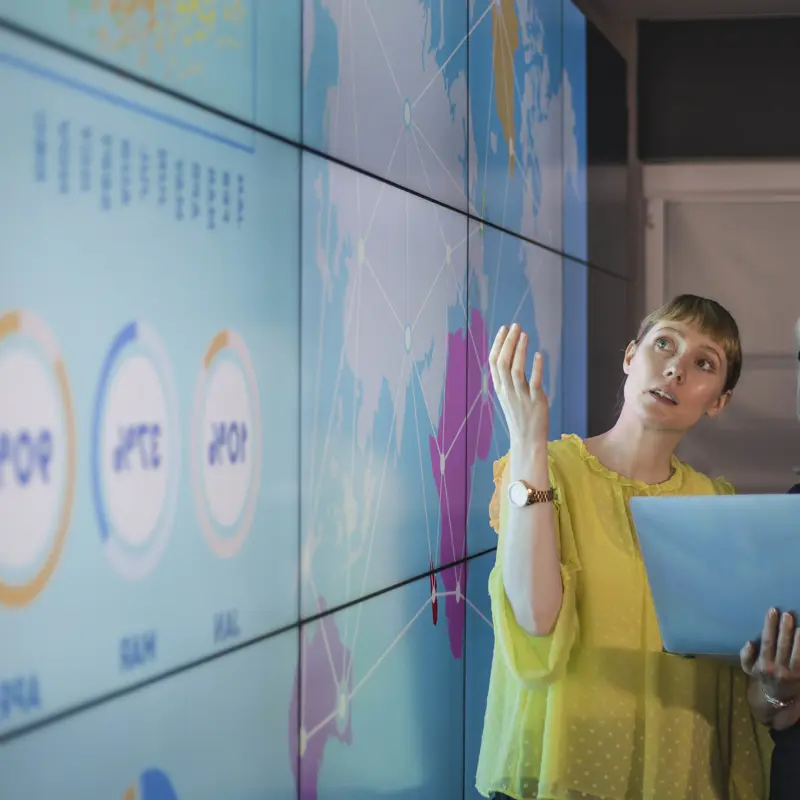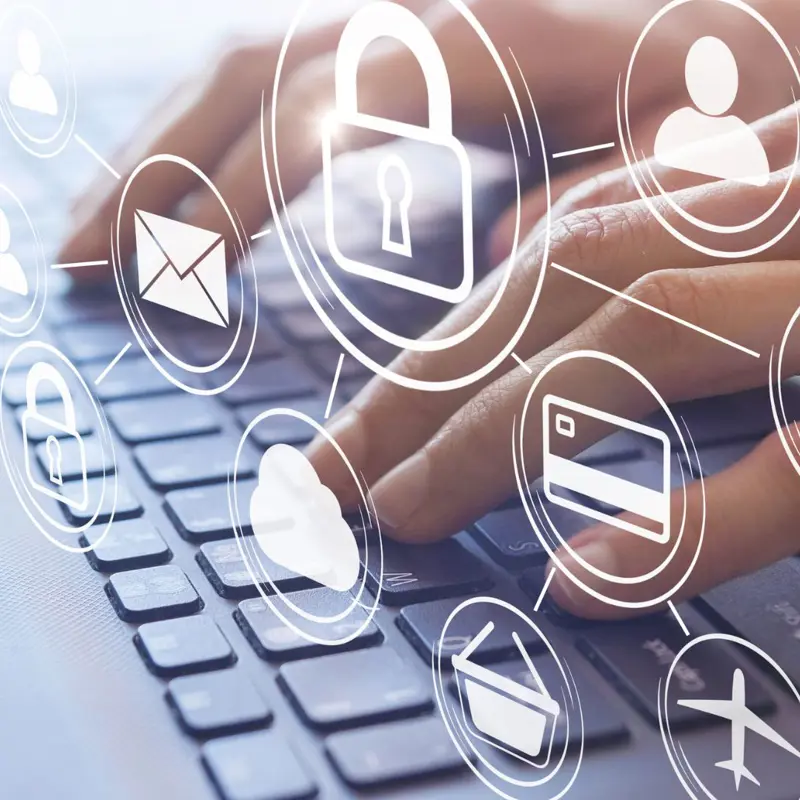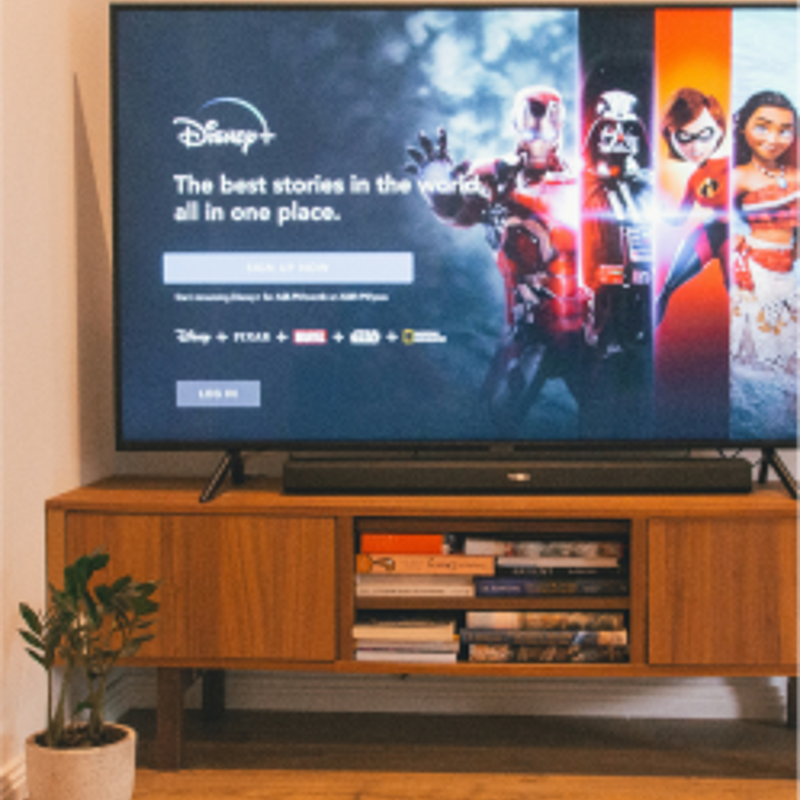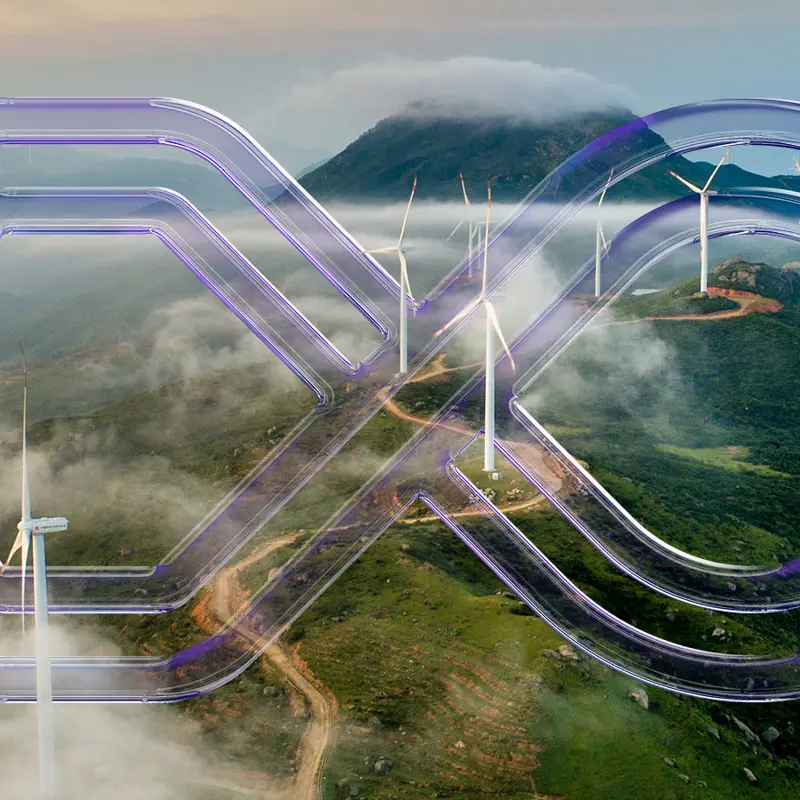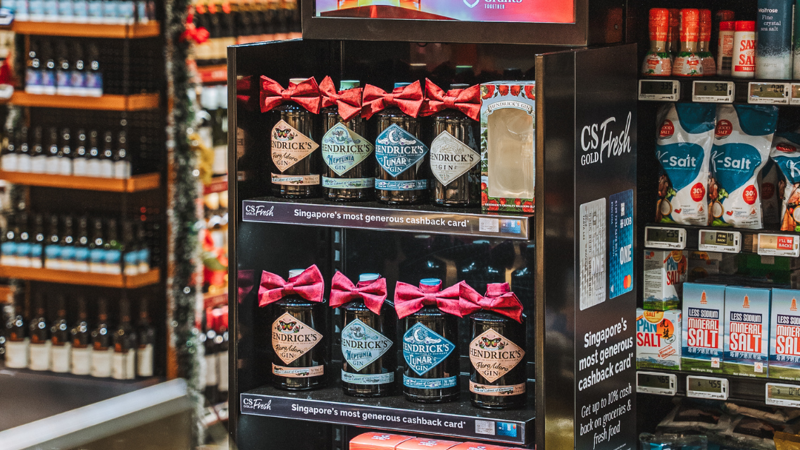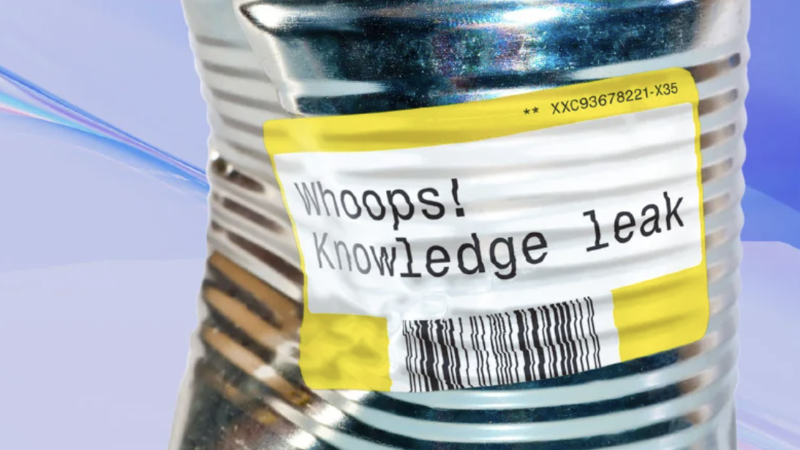The Power of Pop-Ups
In a world where digital dominates, the pop-up is proof that nothing beats the power of being there.
Pop-ups are everywhere. The in-real-life marketing activation strategy that every brand wants a stake in, their popularity is sky-rocketing – and for good reason.
In an age of digital saturation, there is a resurgence in consumer desire for real-world engagement. While the constant influx of new technology is exciting, it can also be overwhelming. 70% of consumers say they are more likely to engage with a brand that offers immersive in-person experiences (Eventbrite, 2024). As a result, many are reaching out for the physical, tangible connection they are missing, and pop-ups offer an actionable, practical and reactive way for brands to respond.
This report explores the evolving role of pop-ups:
- why they work,
- how brands are using them to cut through the noise,
- and where the future of temporary activations is heading.
Through best-in-class examples from across categories, it spotlights the themes and strategies that are turning forgettable, temporary installations, into lasting brand impressions.
Why pop-ups work
Pop-ups are not just marketing stunts or spectacles – the reasons for their success are much more deep-rooted in consumer understanding and engagement. Their effectiveness comes from a unique blend of factors, and recognising these is key to unlocking their full potential:
- Buzz & Hype
- Strengthening Brand Messaging & Identity
- Flexibility and Agility
- Cost Effective
Read the full report for more about why these factors are so important, and how to practical embed them in temporary marketing strategy in the full report.
Key Trends

The WOW Factor
Globally, 73% of consumers want brands to “wow” them, presenting a major opportunity for tech brands (VML, 2025)
When asked to recall a memorable temporary brand activation, consumers will most likely first think of one that is a spectacle, showstopper or extraordinary. The exciting and unexpected sparks conversation, disrupts routine, and creates memorability - triggering consumer intrigue to visit (and of course that invaluable shareability). The activation itself becomes a destination.
Infiltrating Routine
55% of consumers say they are more likely to purchase a product if it is experienced in context (Nielsen, 2023).
Alongside turning heads with a wow-factor, not every pop up needs to shout the loudest to have impact. Pop-ups can have equal effectiveness when positioning themselves into consumer’s daily routine. In doing so, the not only slide into an existing reliable touchpoint, but associate themselves with trust and loyalty of daily rituals, to build positive brand affiliation.


On The Go
60% of sales are as a result of FOMO - fear of missing out (Nielsen, 2023).
The inherent temporary nature of pop-ups aligns with the roadshow strategy. But with increasing socio-economic instability, this is becoming logistically challenging. Hence an unusual phenomenon is occurring – the illusion of a roaming pop-ups but without the travel.
Why does this work? Because the immediacy, temporarility and anticipation qualities of a mobile activation are what draw people in, and hence brands can mimick this to trigger similar buzz.
Consumer-Led
64% of consumers post about experiential activations on social media, amplifying brand reach (Event Marketing Institute, 2023).
In a shareability economy, how customers take brands and run with them is more influential and important than ever. Brand advocacy is ROI.
Therefore, there is no stronger method of customer understanding than listening to where your customers are taking your brand, and using that is a directive.






